Girdling Damage From Voles

In the 40 years I've been gardening and exploring landscapes, I've never seen such extensive girdling damage from voles and field mice over such a vast area after winter (2022-2023). Take a look at some of these photos.
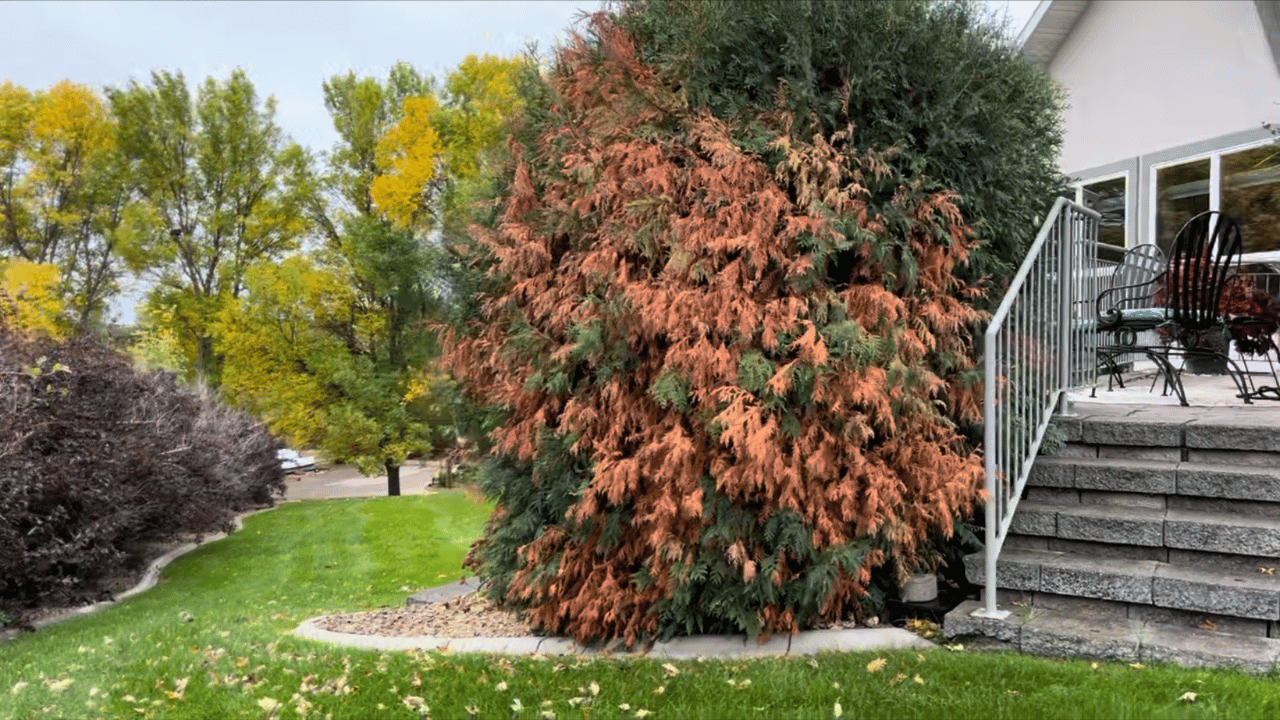
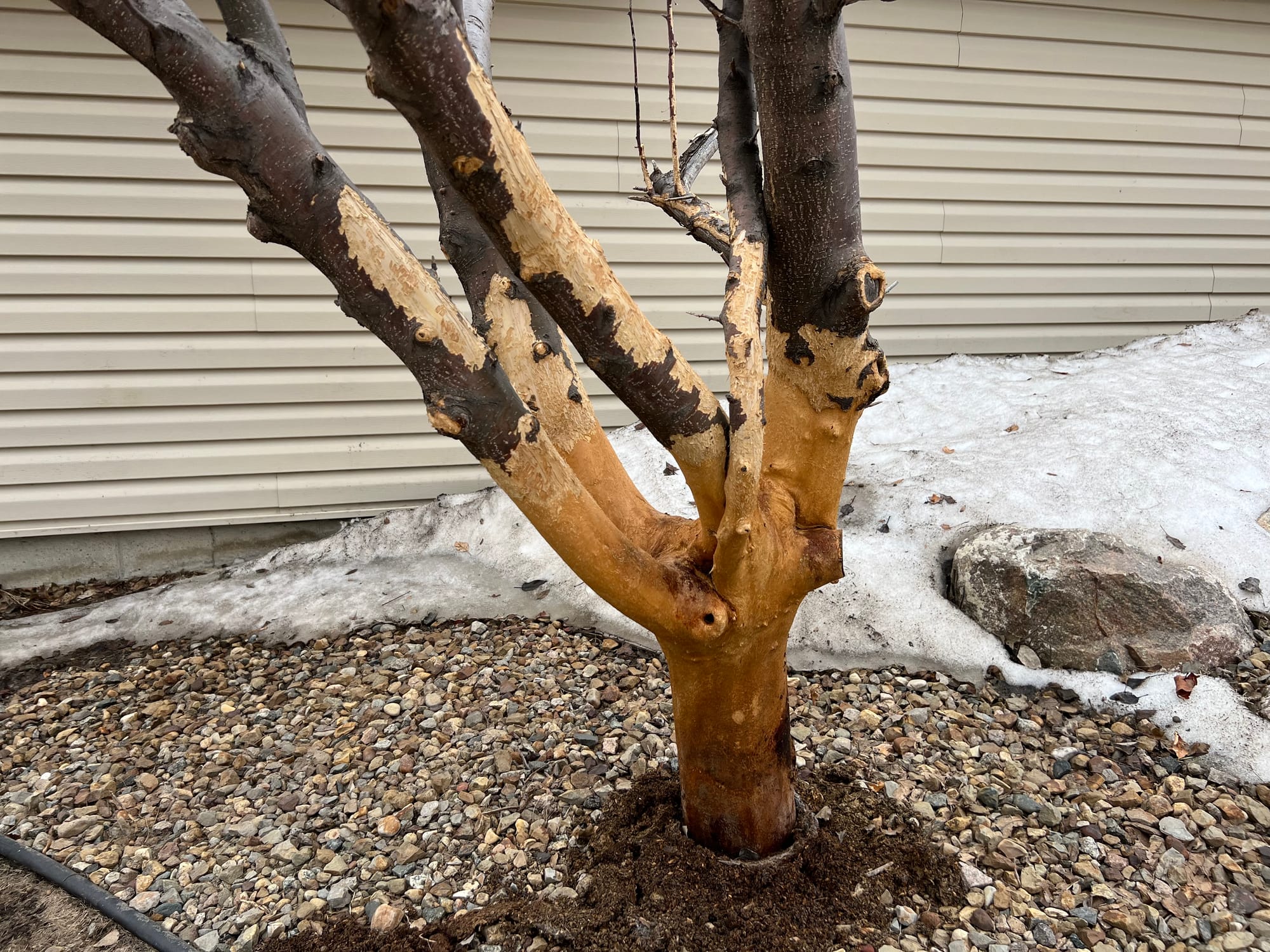
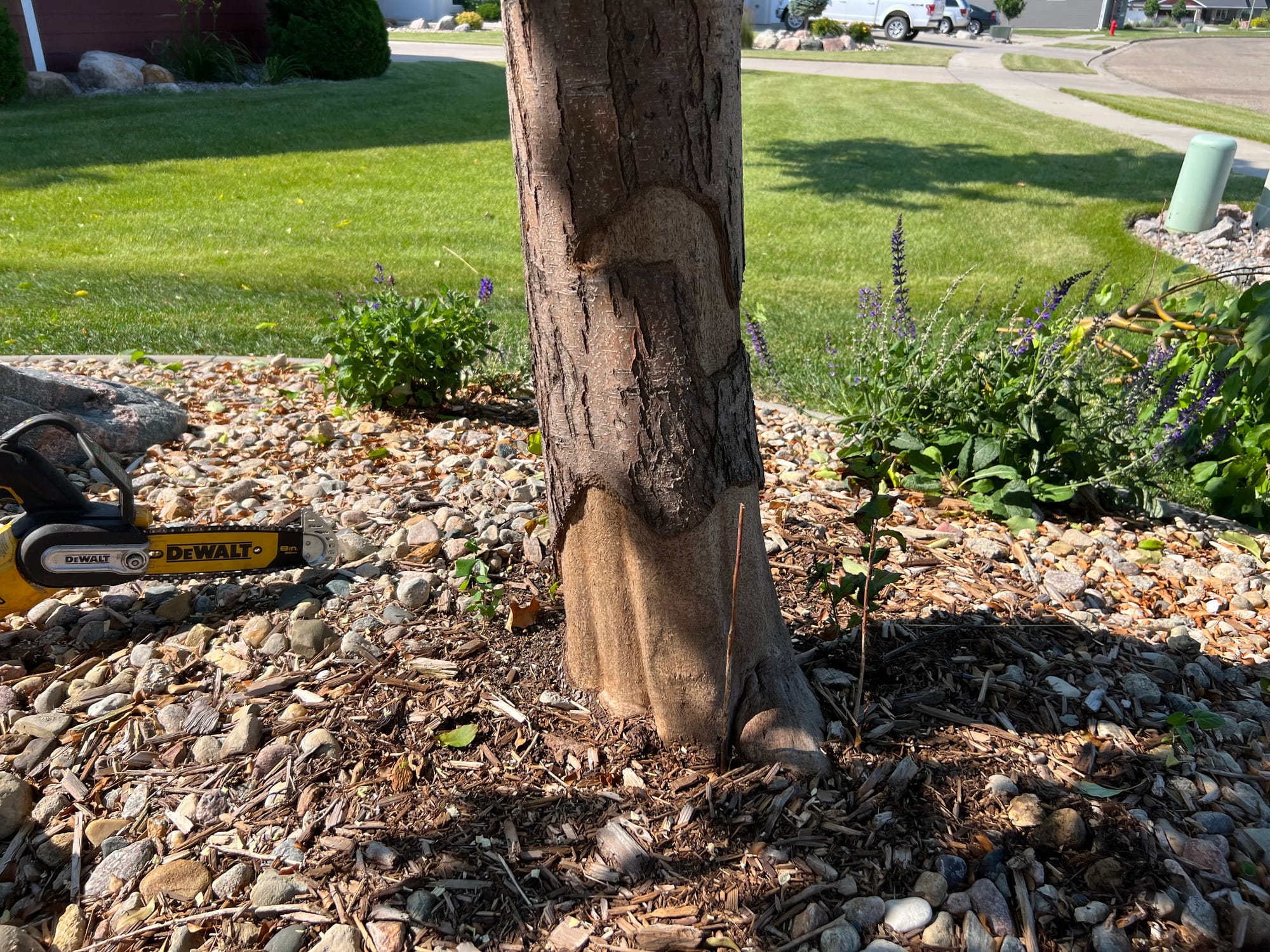
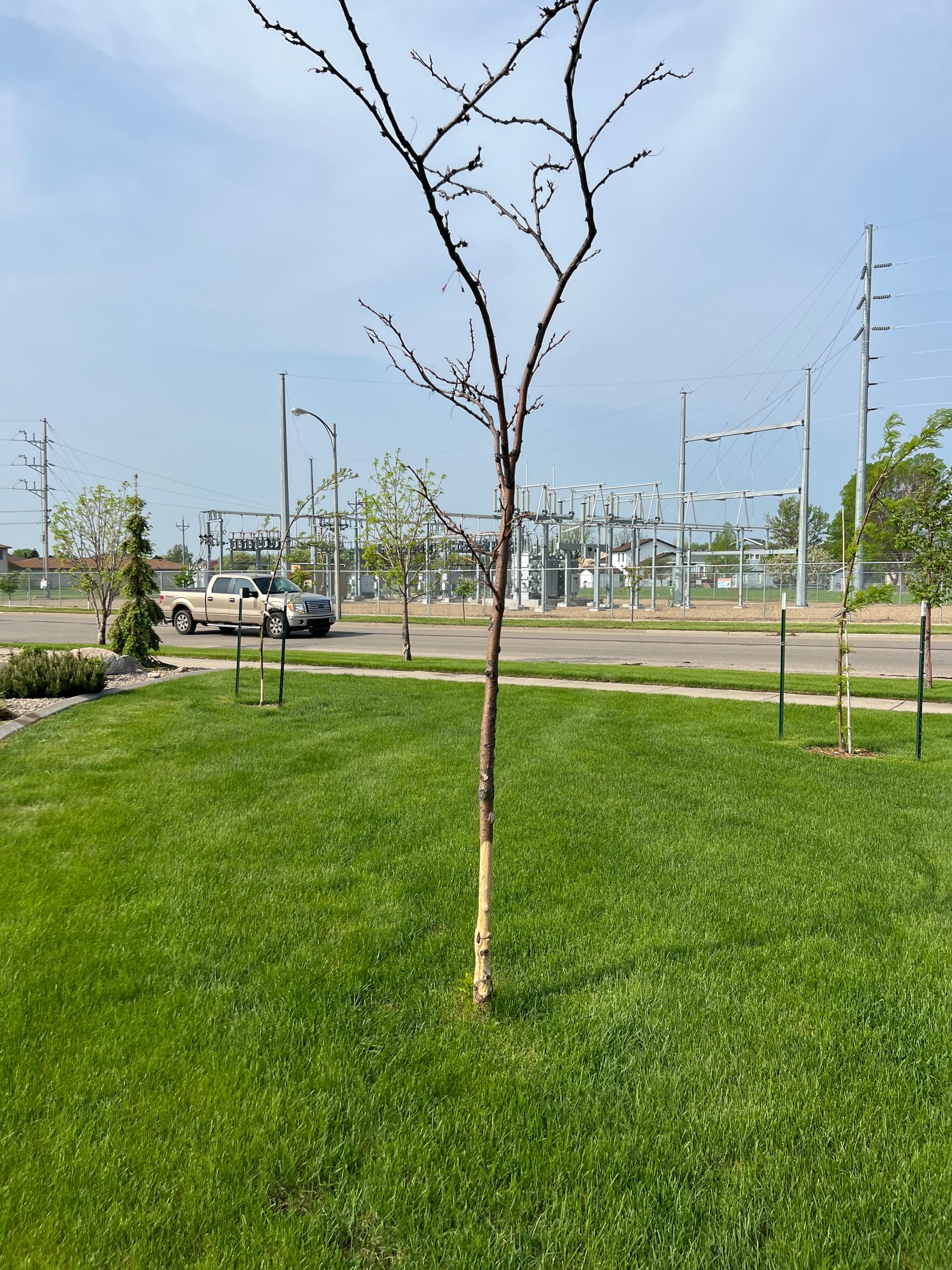
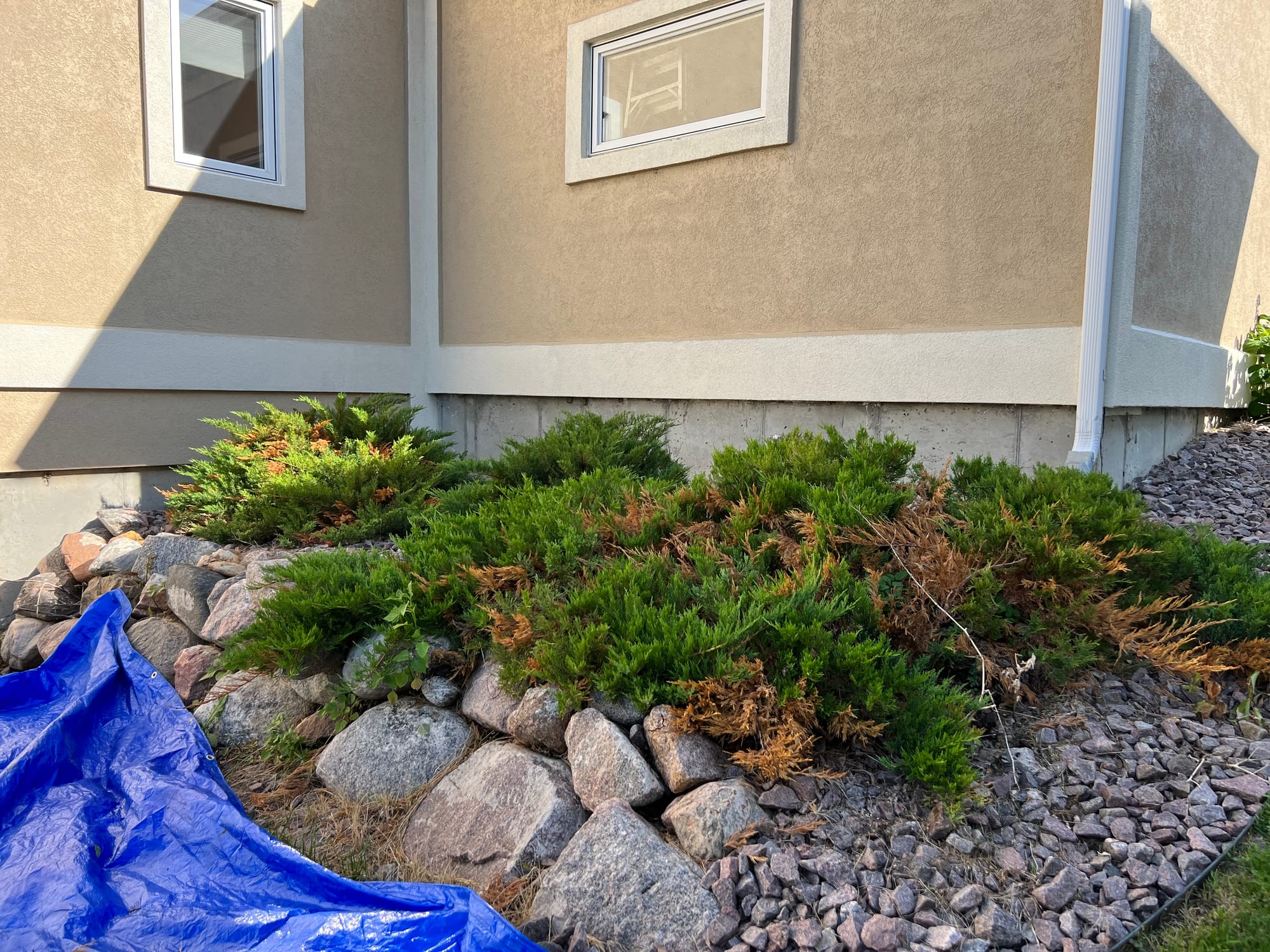
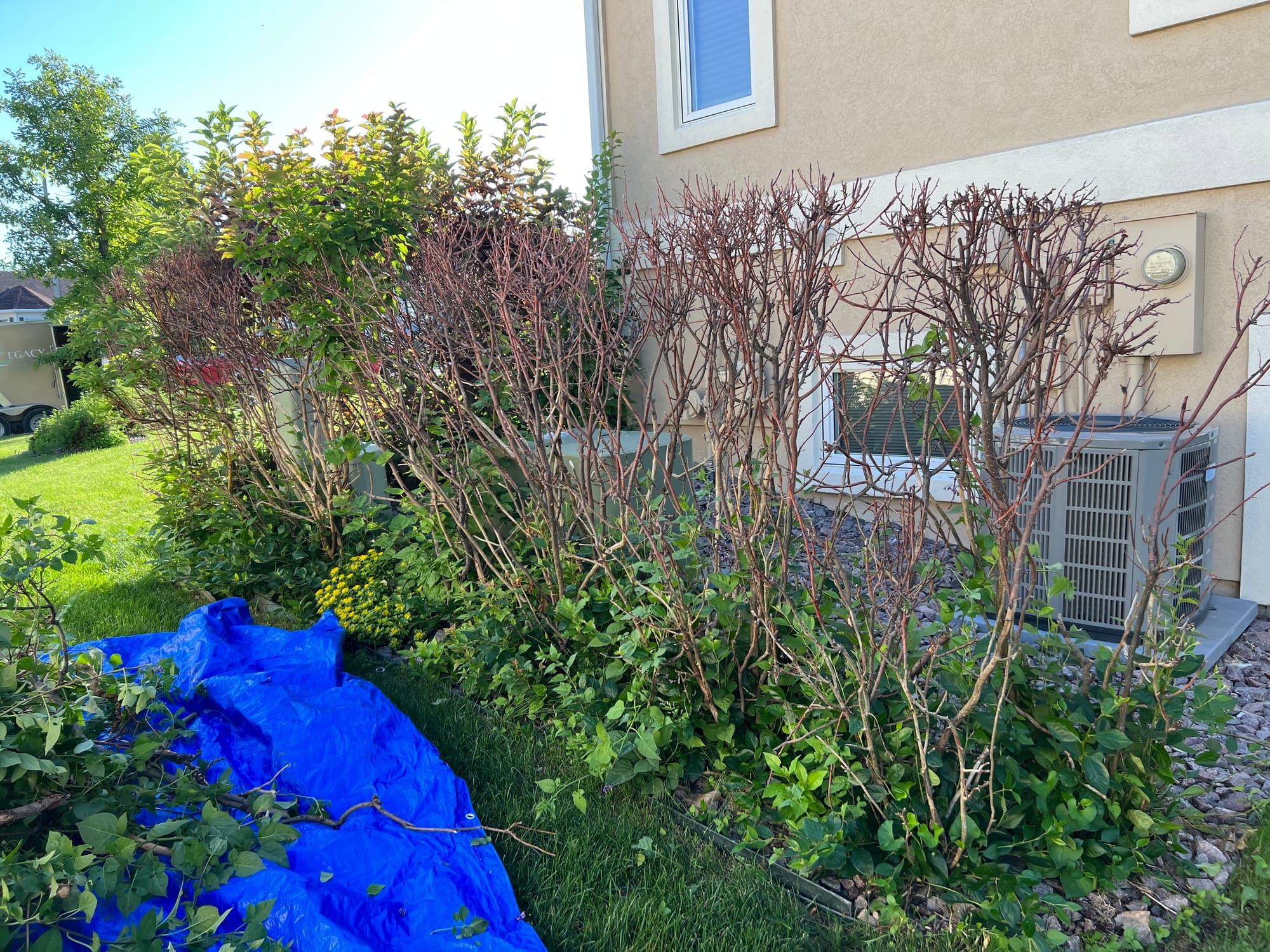
Vole Damage From Girdling On Various Plant Varieties
I suspect the extensive damage had to do with the prolonged snow cover this latest winter with heavy cover (12-18”) lasting November through April, giving the voles the protection they needed to run wild. Arborvitaes, fruit trees, and lawns took the biggest hit.
So what is girdling?
Voles are small rodents that can cause significant damage to plants by gnawing on their bark, leading to girdling. Girdling is a severe problem that can have detrimental effects on the survival of plants.
The Consequences of Girdling
When voles girdle a plant, they remove a strip of bark from around the stem or trunk, interrupting the flow of water and nutrients to the plant's roots. Removing this tissue, xylem, and phloem can cause the plant to wilt and eventually die. Additionally, the plant becomes vulnerable to other pests and diseases, which can further weaken or kill the plant.
The Severity of the Problem
Girdling by voles is a common problem next to areas with natural brush and ground cover (long grasses in wild prairie or woodlands), especially during the winter when other food sources are scarce. The severity of the damage depends on several factors, such as the species of plant, the age, and the extent of the girdling. Young plants and trees are more susceptible to girdling, and if the damage is severe, it can stunt or kill the plant.
Preventing and Managing Girdling
Prevention is the best way to manage girdling by voles. Some ways to prevent girdling include using physical barriers such as mesh or tree guards as shown here, maintaining a clean and tidy garden, and reducing the voles' habitat by removing piles of debris or weeds.
When you have severe girdling on multi-stemmed shrubs, you can usually re-juvenate your plant and save it. I’ve done videos on shrub rejuvenation you can watch here and here. Rejuvenation pruning will encourage new growth to develop below the girdling point. It is essential to do this pruning rejuvenation process in late winter before the plant breaks dormancy and the new growing season begins.
Will severe girdling kill a tree?
Complete girdling on trees is another story. If the phloem tissue, just behind the bark, has been completely severed around the trunk, the tree will die due to a slow starvation of the root system. Without phloem tissue, nutrients and water cannot replenish the roots. We won't cover it here, but bridge grafting is one option you can try to save your tree.
The video below shows the removal of a severely damaged Techny Arborvitae due to girdling damage. The Techny has been replaced with a Prairie Horizon Manchurian Alder. That video can be watched here.
With determination and the right tools, you can turn a dreaded job into a fun morning project. Of course "fun" is open to interpretation. 😊
Thanks for stopping by Garden Hike!
Kevin
Garden Hike is supported by its audience. When you purchase through links on this site, we may earn a small commission at no additional charge to you. Thank you.
Click A.M.Leonard’s banner below to check out their great selection of tools and supplies.

